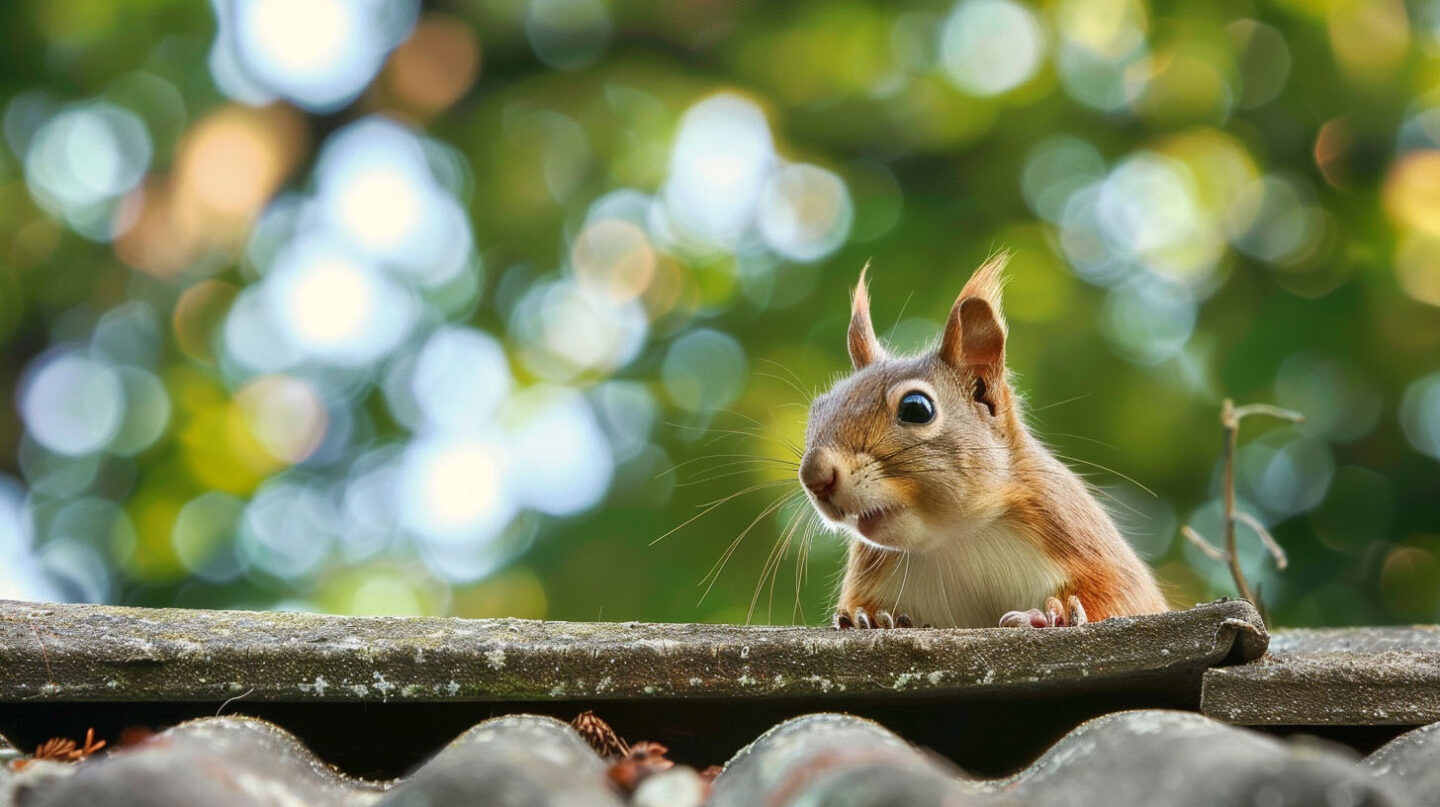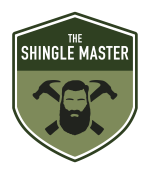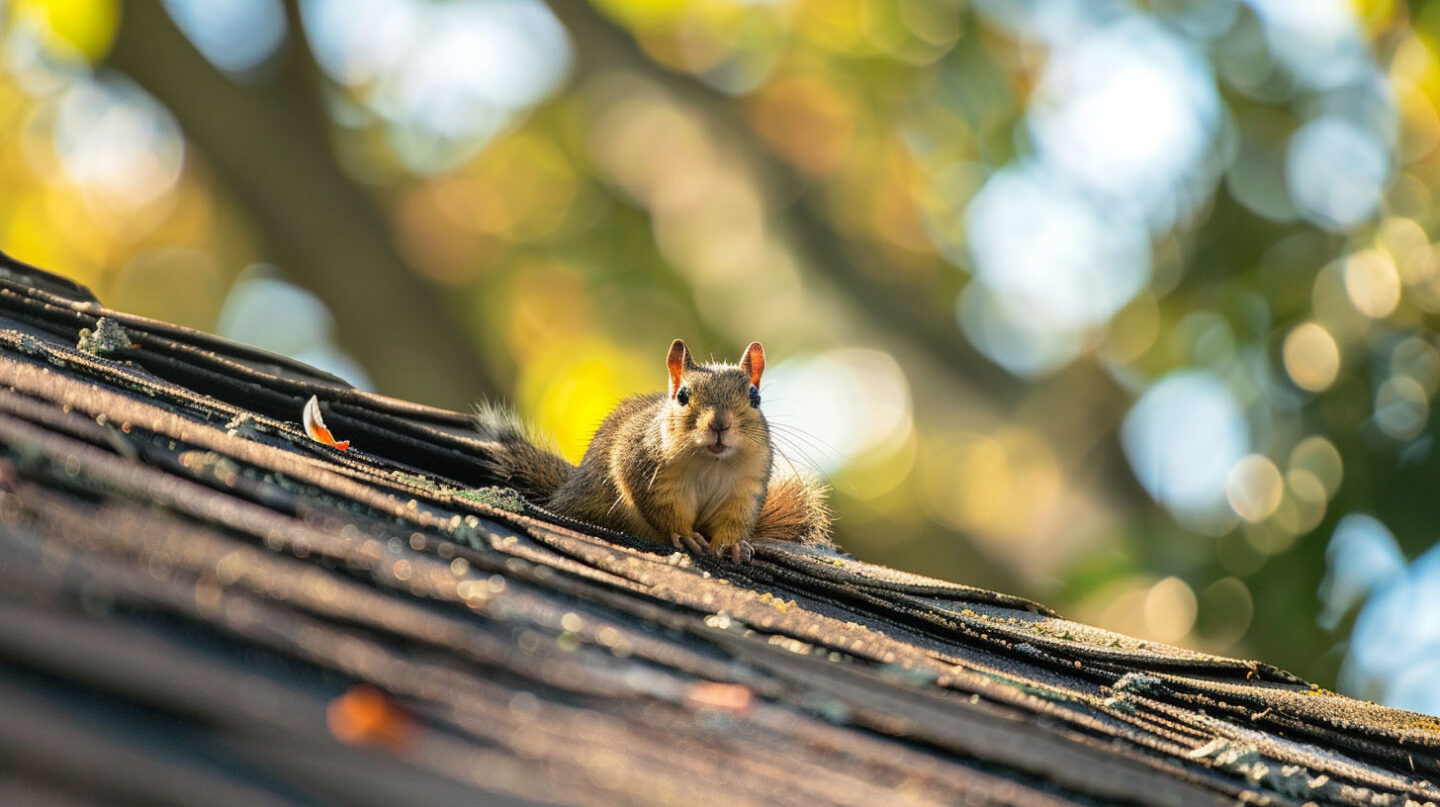Raleigh homeowners face a unique challenge when it comes to keeping unwanted wildlife at bay, especially during late summer and early fall. Noticing signs of animal activity early on is crucial to prevent extensive damage. Critters such as raccoons and squirrels often seek entry through common entry points like roof vents and fascia boards. At The Shingle Master, we understand the type of animal causing potential harm is vital, as effective prevention can save on energy bills and reduce the need for costly pest control and wildlife removal services in Raleigh, NC. Our expert team is dedicated to providing tailored solutions to secure your home and protect it from these critters, ensuring peace of mind for every homeowner.
Why Roof Critter Prevention Matters
In Raleigh, NC, roof critter prevention is crucial due to the potential entry points that local wildlife exploit. Common intruders like raccoons and squirrels not only threaten roofing materials, but also may cause extensive damage to insulation and vents. Detecting signs of animal activity early can save homeowners from costly repairs and increased energy bills. Moreover, neglecting prevention measures can lead to health risks associated with pests, highlighting the urgent need for effective solutions and professional assistance.
Common Animals That Invade Roofs and Attics
A variety of common animals seek refuge in roofs and attics, creating potential entry points for significant complications. Squirrels and raccoons are frequent invaders, often entering through small holes or gaps, such as around roof vents and fascia boards. Additionally, birds may build nests in gutters or under roofing materials, while bats can leave signs of damage and guano accumulation. Understanding the specific signs of animal activity can help homeowners identify and address these intrusions before they escalate.

Real Dangers: Roof Damage and Health Risks
Neglecting roof and attic invasions can lead to substantial roof damage, compromising roofing materials such as shingles and fascia boards. Wildlife, including raccoons and squirrels, often create entry points, exacerbating potential vulnerabilities that may result in leaks and structural instability. Beyond the physical risks, health hazards like exposure to bat guano and other animal droppings pose significant concerns. Regular inspections and prompt wildlife removal are essential to mitigate these dangers, preserving both your home’s integrity and your family’s health.
Spotting the Signs: How to Tell If Critters Are on Your Roof
Visual and Audible Indicators of Animal Intrusion
Signs of animal activity often manifest in distinct ways. Look for droppings, gnaw marks on roofing materials, and displaced insulation, especially around attic vents and fascia boards. Additionally, the presence of missing shingles can indicate an animal’s recent visit. Sounds are equally telling; nocturnal critters like raccoons or squirrels may create scratching or scurrying noises during late summer or early fall. Both visual and auditory clues can help homeowners detect potential entry points before extensive damage occurs.
Areas Most at Risk for Unnoticed Entry
Certain structural areas of your home often become silent entry points for unwelcome wildlife. Roof vents, particularly those not fitted with screens, present prime opportunities for critters like squirrels or raccoons. Additionally, missing shingles or damaged drip edges create vulnerabilities that can lead to further damage if not addressed. Attic vents and the spaces around fascia boards are also common spots for animal activity. Regular inspections make it easier to identify these potential entry points before they become a significant problem.
Proven Strategies for Keeping Critters Off Your Roof
Effective measures to deter critters from your roof begin with identifying and sealing potential entry points. Small holes near fascia boards or roof vents can create invitations for wildlife like raccoons and squirrels. Utilizing materials such as copper mesh ensures that these openings are securely blocked. Additionally, installing roof and gutter guards can greatly reduce access to common pathways. Regular maintenance, including trimming tree branches that hang over your roof, helps deter animals from making it their first place of entry.
Sealing Entry Points and Critical Weak Spots
Addressing potential entry points is essential in curbing critter invasions. Inspect areas around vents, gutters, and fascia boards for small holes that provide easy access for animals like raccoons and squirrels. Utilizing materials such as copper mesh can effectively seal these openings. Pay close attention to missing shingles and any cracks in roofing materials, as these can lead to extensive damage over time. Regular assessments during late summer and early fall help identify and secure any weak spots before critters become a problem.

The Role of Gutter Guards in Wildlife Prevention
Incorporating roof and gutter guards is a proactive approach to thwarting wildlife invasion. These barriers serve as effective deterrents by covering potential entry points, thus minimizing access for critters like raccoons and squirrels. Proper installation can significantly reduce the signs of animal activity, preventing extensive damage to roofing materials and structures. Regular maintenance of these guards ensures they remain capable of channeling water while blocking debris, which attracts wildlife, ultimately safeguarding your home from costly repairs and energy bill spikes.
Maintenance Tips to Protect Your Roof from Animal Damage
Regular inspections of your roofing materials are crucial to prevent animal damage. Look for signs of animals such as missing shingles or damaged fascia boards that could expose potential entry points. Additionally, managing tree branches by trimming them prevents critters from easily accessing your roof. Keeping outdoor food sources, including pet food and compost piles, covered or removed minimizes attraction to local wildlife. Engaging professional assistance for thorough inspections ensures all vulnerabilities are addressed before they lead to extensive damage.
Importance of Regular Roof Inspections by Professionals
Routine assessments by professionals are essential in identifying signs of animal activity and potential entry points before they lead to extensive damage. Experts can spot problems such as missing shingles, damaged fascia boards, and vulnerable roof vents that may serve as common entry points for local wildlife like raccoons or squirrels. Regular inspections also ensure roofing materials remain intact, preventing further damage and high energy bills due to compromised insulation. Prioritizing these evaluations keeps your home safe from critters and their detrimental effects.
Get in Touch
Effective critter prevention is essential for maintaining the integrity of your roof and ensuring a safe living environment. By regularly monitoring signs of animal activity, sealing potential entry points, and utilizing professional assistance, homeowners can mitigate risks associated with wildlife intrusion. We pride ourselves on our credentials as a GAF Master Elite Contractor, BBB A+, Haag Certified Inspector, NC Licensed General Contractor, and Raleigh’s Best Roofing Contractor. Comprehensive strategies, such as installing roof and gutter guards, coupled with maintenance practices like tree trimming, contribute significantly to protecting your property. Taking these proactive measures will not only prevent roof damage but also enhance energy efficiency and safeguard your health.

Frequently Asked Questions
How do I keep critters off my roof?
To keep critters off your roof, focus on sealing entry points, installing roof and gutter guards, and maintaining proper landscaping. Regular inspections can help identify vulnerabilities. Additionally, managing outdoor food sources will deter wildlife from approaching your home.
What animal crawls on the roof at night?
Several animals are known to crawl on roofs at night, including raccoons, opossums, squirrels, and rodents. These nocturnal critters often seek shelter or food, making it essential for homeowners to recognize signs of their presence to prevent potential damage and health risks.
Read our blog: What Appraisers Look for in a Roof During Valuation


